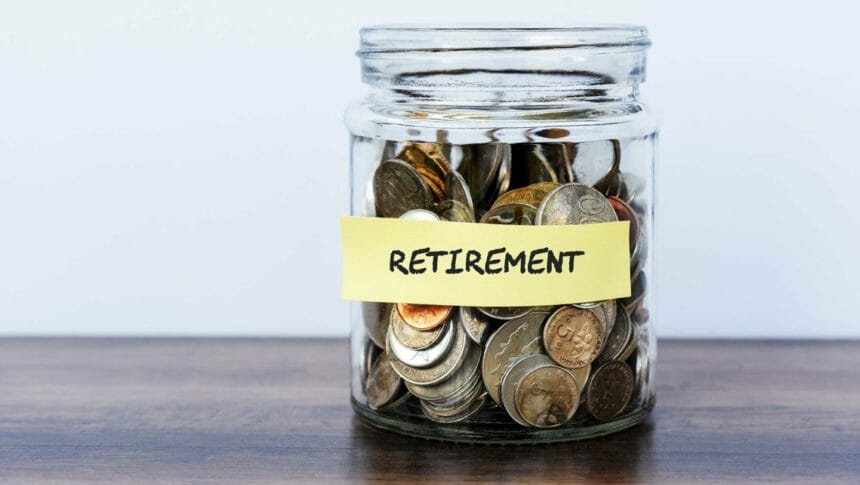
The proposed $1.7 trillion omnibus spending package released Monday by federal lawmakers includes a slew of retirement provisions for employers and employees under the Setting Every Community Up for Retirement Enhancement Act 2.0, also known as Secure 2.0.
“Many retirement plan rules that only affect employers and administrators are being changed for ‘behind the scenes’ operations, notably adjustments to plan correction rules,” attorney Jeffrey D. Smith, a partner at Fisher Phillips and a member of the firm’s Employee Benefits Practice Group, told the McKnight’s Business Daily on Wednesday.
As the McKnight’s Business Daily previously reported, many American workers could be woefully short of the funds needed to pay for home care, senior living or skilled nursing facility care, according to a new report by the nonprofit Transamerica Center for Retirement Studies in collaboration with Transamerica Institute. Secure 2.0 is meant to take the Secure Act, signed into law in December 2019, a step further in helping workings save for retirement savings.
“Secure 2.0 is aimed at incentivizing small employers to offer retirement programs, through plan startup tax credits and further modifications to pooled employer plans and multiple employer plans,” Smith said. “Employees are incentivized through such features as allowing employers to make matching contributions on student loan repayments, and allowing greater catch-up contributions for those age 60 to 63.”
Secure 2.0 is partially offset by legislation to shut down fraudulent tax shelters created through syndicated conservation easements, according to Senate Finance Committee Chair Ron Wyden (D-OR). A bipartisan investigation from 2019 to 2020 was the catalyst for this legislation, he added.
A retirement provision in the proposed omnibus bill would require employers to automatically enroll employees in a 401(k) plan at a rate of at least 3% but not more than 10% of an employee’s income. Automatic enrollment, according to lawmakers, would boost employee participation. Rather than being offered the option of enrollment, employees would need to actively opt out of the plan.
Under the proposed changes, workers could contribute more in catch-up contributions than they do currently to 401(k) or 403(b) accounts.
Currently, workers younger than 50 can contribute $20,500 to an employer-sponsored retirement account; that limit will increase to $22,500 in 2023. Those 50 and older can contribute an additional $6,500. Workers aged 60 to 63 will be able to contribute the greater of $10,000 of their salary or 50% more than the regular catch-up amount in 2025 as part of the proposal.
Additionally, the proposed legislation would amend the Internal Revenue Code to allow for tax-free and penalty-free rollovers from 529 accounts to Roth IRAs under certain conditions. Beneficiaries of 529 college savings accounts would be permitted to roll over to a Roth IRA up to $35,000 over the course of a lifetime from any 529 account in their name. Those rollovers would be subject to Roth IRA annual contribution limits, and the 529 account would have to have been open for more than 15 years.
Secure 2.0 also would allow workers to delay withdrawing funds from their retirement accounts. Currently, workers must start taking withdrawals at age 72. The proposal would raise that age to 73 on Jan. 2, 2023, and to 75 on Jan. 1, 2033.
“The IRS already pushed back amendments to comply with the first Secure Act, so employers will need to monitor already-implemented changes, upcoming changes and, finally, the amendments needed to document all of this in their plan documents,” Smith said. “As usual, plan updates are not always made at the same time as plan operational changes.”


